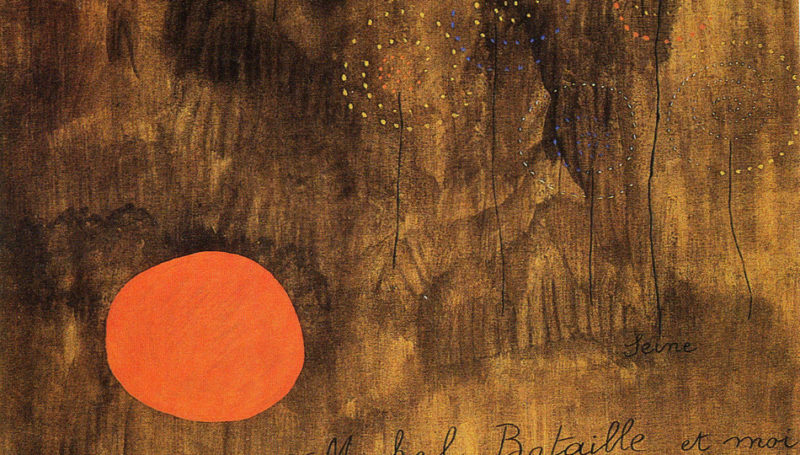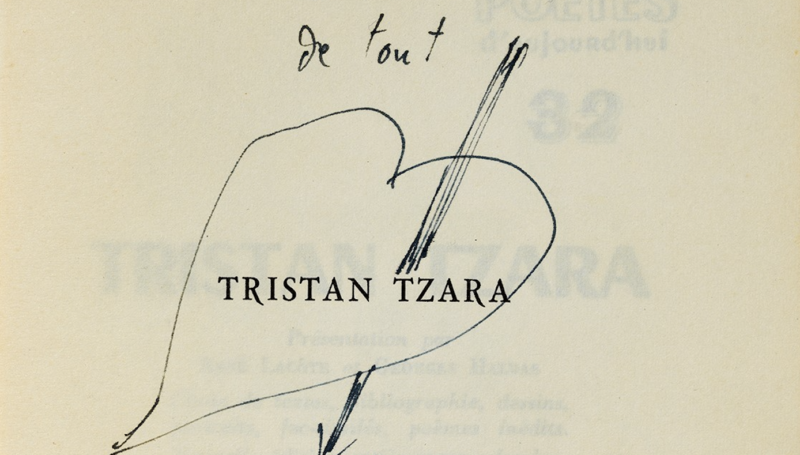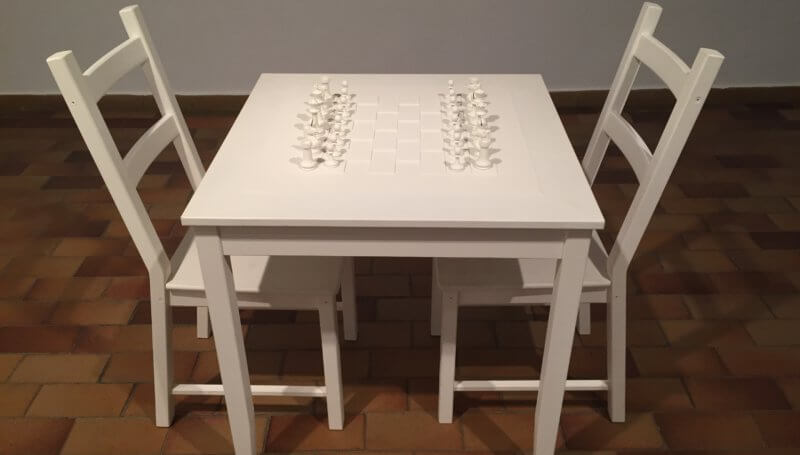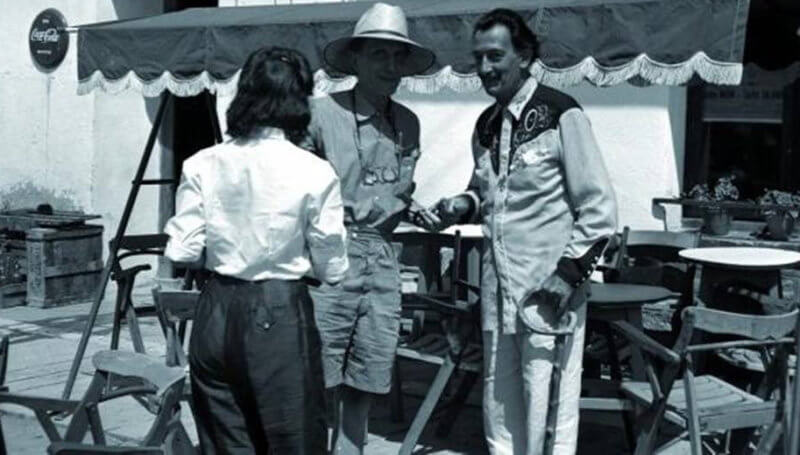
Rue Blomet, a Space for Poetry
Miró dreamt of a large studio. At one point or another, all artists have dreamt of a large studio – a creative space that would enable them to build their utterly personal microcosm. Coinciding with the exhibition Shared Studios. Three Case Studies, which explores the experiences and affinities of artists working in the same space, we wanted to look back at one of Miró’s first studios, in the Paris of the 1920s, at 45 Rue Blomet.
Continue reading Rue Blomet, a Space for Poetry







